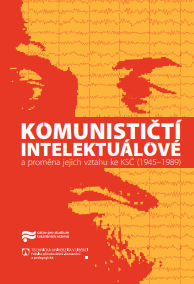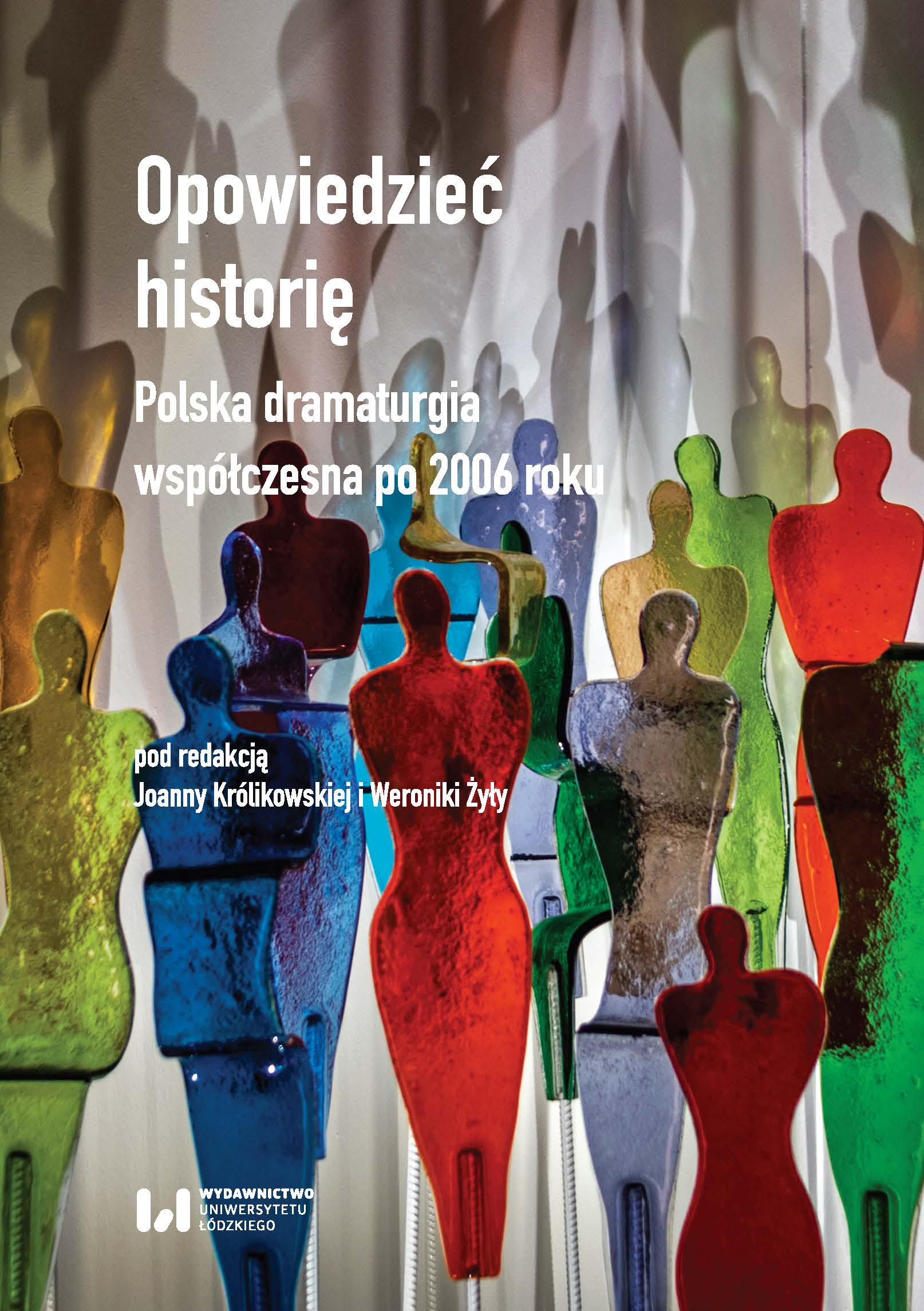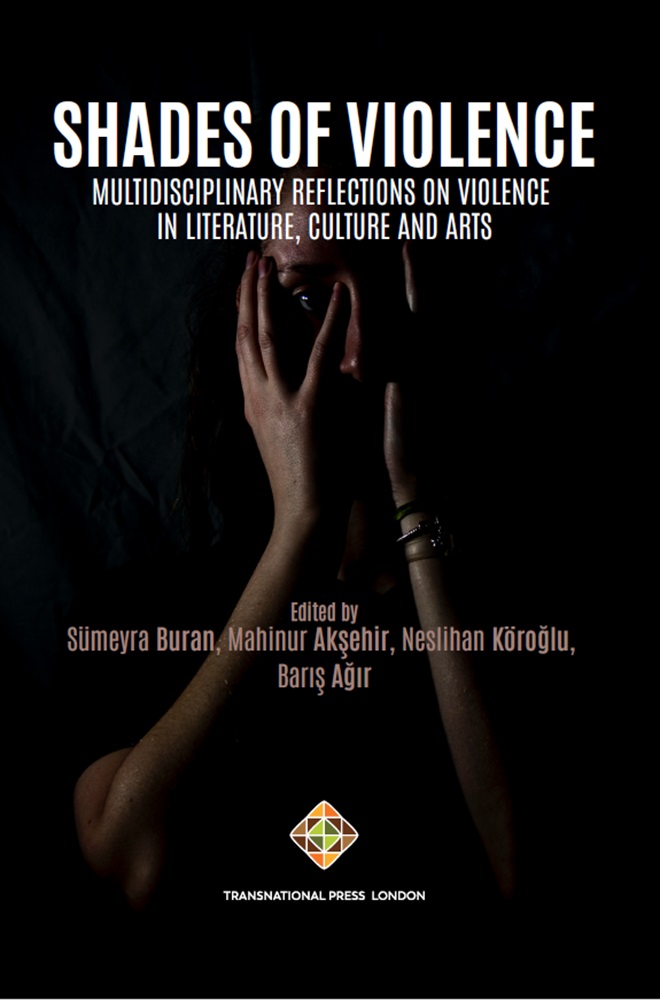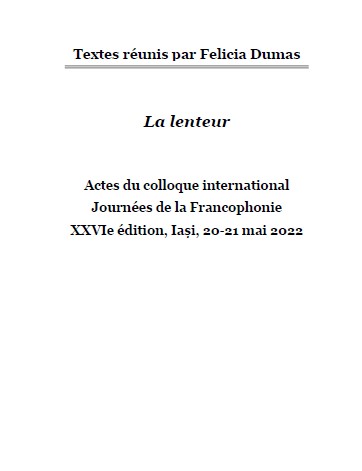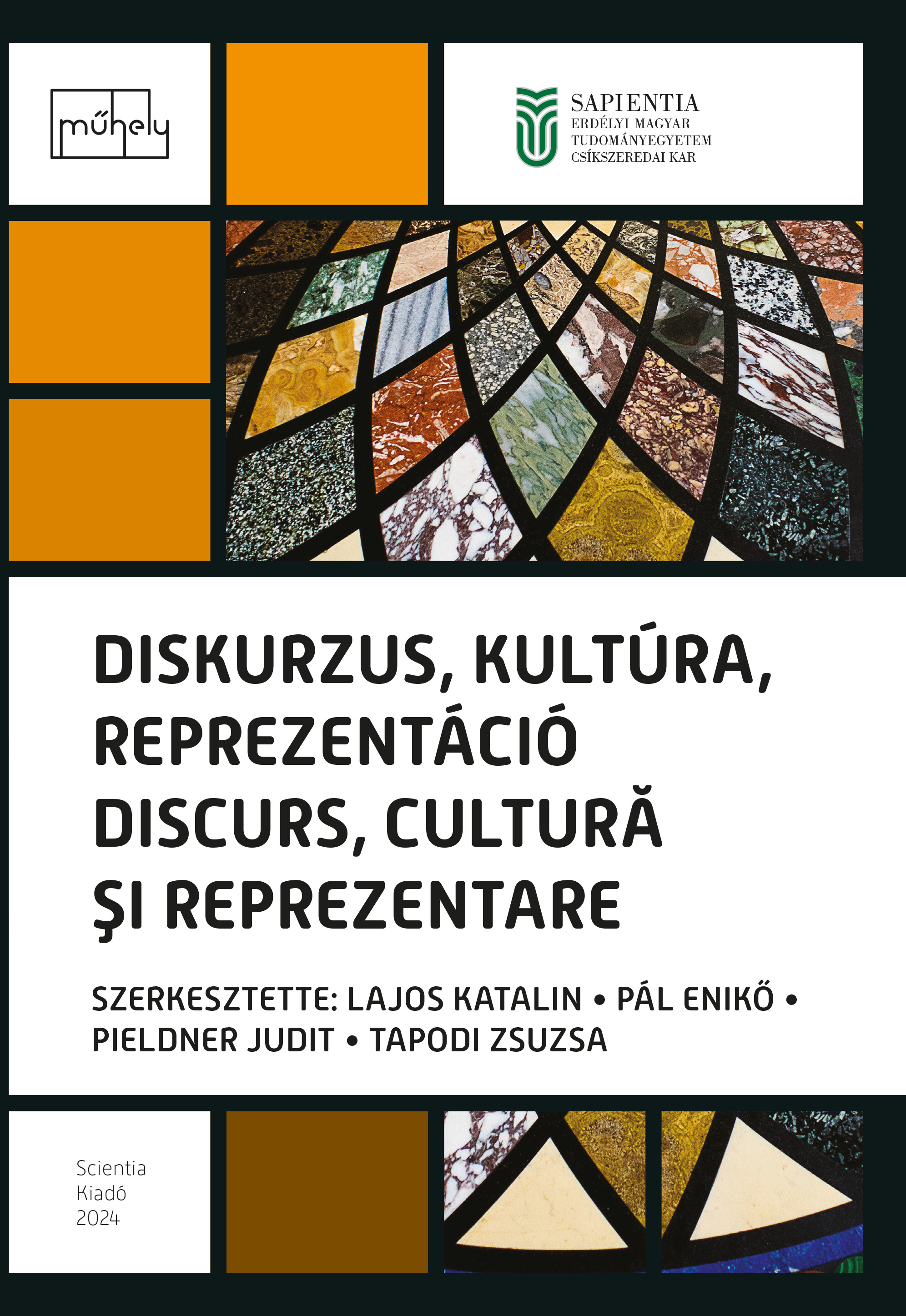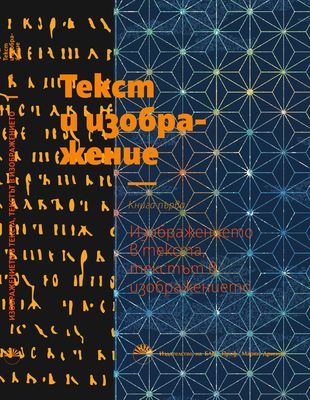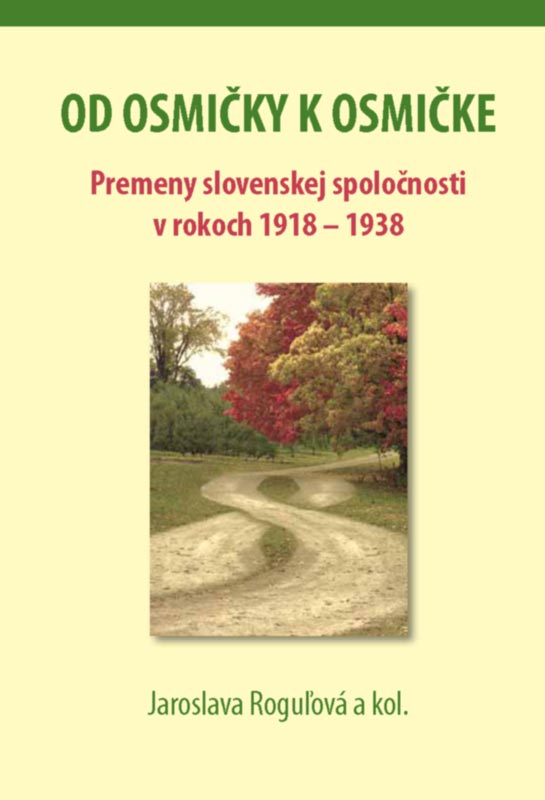
Divadlo na Slovensku 1918 (1920) – 1938
The author describes the origin of the Slovak National Theatre (Slovenské národné divadlo) in Bratislava (1920), the grounds of which were composed of the theatre ensemble from Pardubice led by director Bedřich Jeřábek. The author writes about the quest for the identity of the Slovak professional theatre on the crossroad of different cultures – German, Hungarian, Czech and Slovak. The beginnings of the Slovak National Theatre were marked by the collisions between artistic ambitions (dramaturgy, dramatic art, direction, scenography, the creation of separate Slovak Drama Company of the Slovak National Theatre, 1932) and economic conditions / indicators (private or co-operative capital). Financial problems were seen in the taste and background of theatre-goers. During the first years of its existence, the activity of the Slovak National Theatre in Bratislava was strongly influenced by political and social circumstances which also continued later. Among those was a low interest of the theatre-goers for Slovak theatre performances which started to increase only after some time, especially after Slovak actors joined the ensemble (e.g. Hana Meličková, Ján Borodáč and Oľga Országhová-Borodáčová, Andrej Bagar), and repertoire of higher quality was seen. The last turning point of this era was the forced liquidation of the Czech Drama Company of the Slovak National Theatre in November 1938 which was directly linked to the formation of the Slovak Republic.
More...
